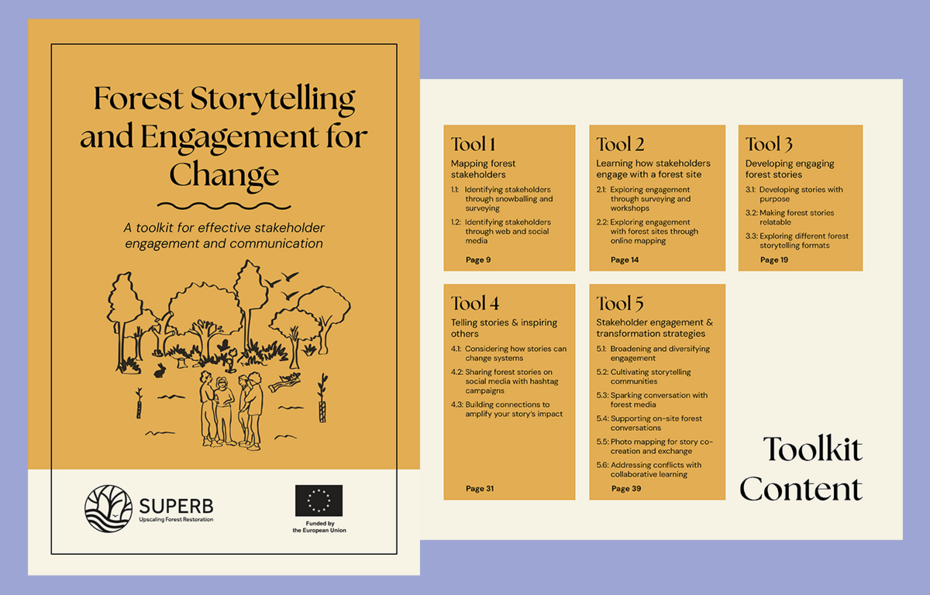
3.5 Stakeholder engagement & co-design

Effective stakeholder engagement requires meaningful engagement at all levels. Stakeholder engagement is different from communication. It fosters open dialogue, trust building, and co-creation. Your engagement strategies should ensure that all interests, including those of the “silent” general public – i.e. the citizens, voters and taxpayers – and values are considered and integrated into plans in a meaningful way. To support this, transparency is key, ensuring participants fully understand what to expect and how their input is treated at every stage of the process.
Trust is a fundamental pillar of effective participatory processes and engagement at all levels. Stakeholders must eventually feel a sense of ownership over the process and outcome. A deliberative process, undertaken for example through group workshops with expert facilitation at local and national levels, can capture stakeholders’ perceptions, knowledge and visions for the future, ensuring restoration plans reflect and balance the values, expertise and priorities of all involved.
Co-creation involves stakeholders in the design, implementation, and evaluation of projects, ensuring interventions are contextually appropriate, socially acceptable, and sustainable. This collaborative approach builds ownership and unlocks synergies for collective action. Integrating these principles into restoration projects and strategies leads to more effective solutions, adaptive governance, and transformative change, thus advancing global sustainability agendas.
Related resources
Forest Storytelling and Engagement for Change
Forest Storytelling and Engagement for Change offers a range of practical tools and starting points to support those living and working with forests to map which kinds of stories are told and to explore how to tell stories that can make a difference.




